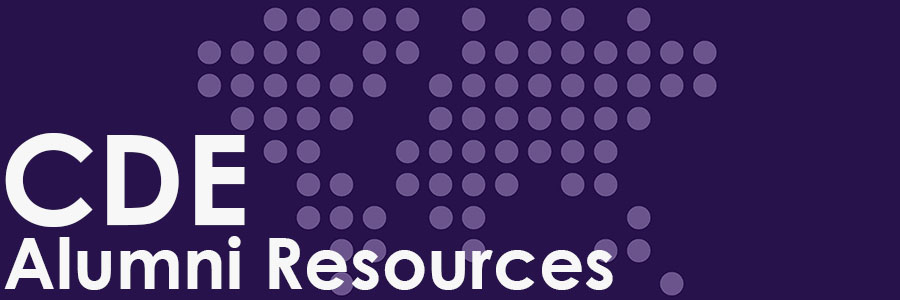article by Abhijit Banerjee, Esther Duflo, Rachel Glennerster, and Cynthia Kinnan
This article from Banerjee, Duflo, Glennerster and Kinnan adds to the evidence of the underwhelming effects of microcredit. Their findings suggest that, like many other policies, whether microcredit will be successful depends on the people who get access to the intervention. Not every person who happens to be poor is a budding entrepreneur just waiting to make money, so loosening credit constraints may not be the most effective way to help people.
The article has been assigned as required reading for practice in assessing randomized evaluations in the spring CDE elective, Program Evaluation.
Abstract:
This paper reports results from the randomized evaluation of a group-lending microcredit program in Hyderabad, India. A lender worked in 52 randomly selected neighborhoods, leading to an 8.4 percentage point increase in takeup of microcredit. Small business investment and profits of preexisting businesses increased, but consumption did not significantly increase. Durable goods expenditure increased, while "temptation goods" expenditure declined. We found no significant changes in health, education, or women's empowerment. Two years later, after control areas had gained access to microcredit but households in treatment area had borrowed for longer and in larger amounts, very few significant differences persist
Citation:
Banerjee, Abhijit, Esther Duflo, Rachel Glennerster, and Cynthia Kinnan. "The Miracle of Microfinance? Evidence from a Randomized Evaluation."American Economic Journal: Applied Economics, 7 (1): 22-53.
Related Content:
